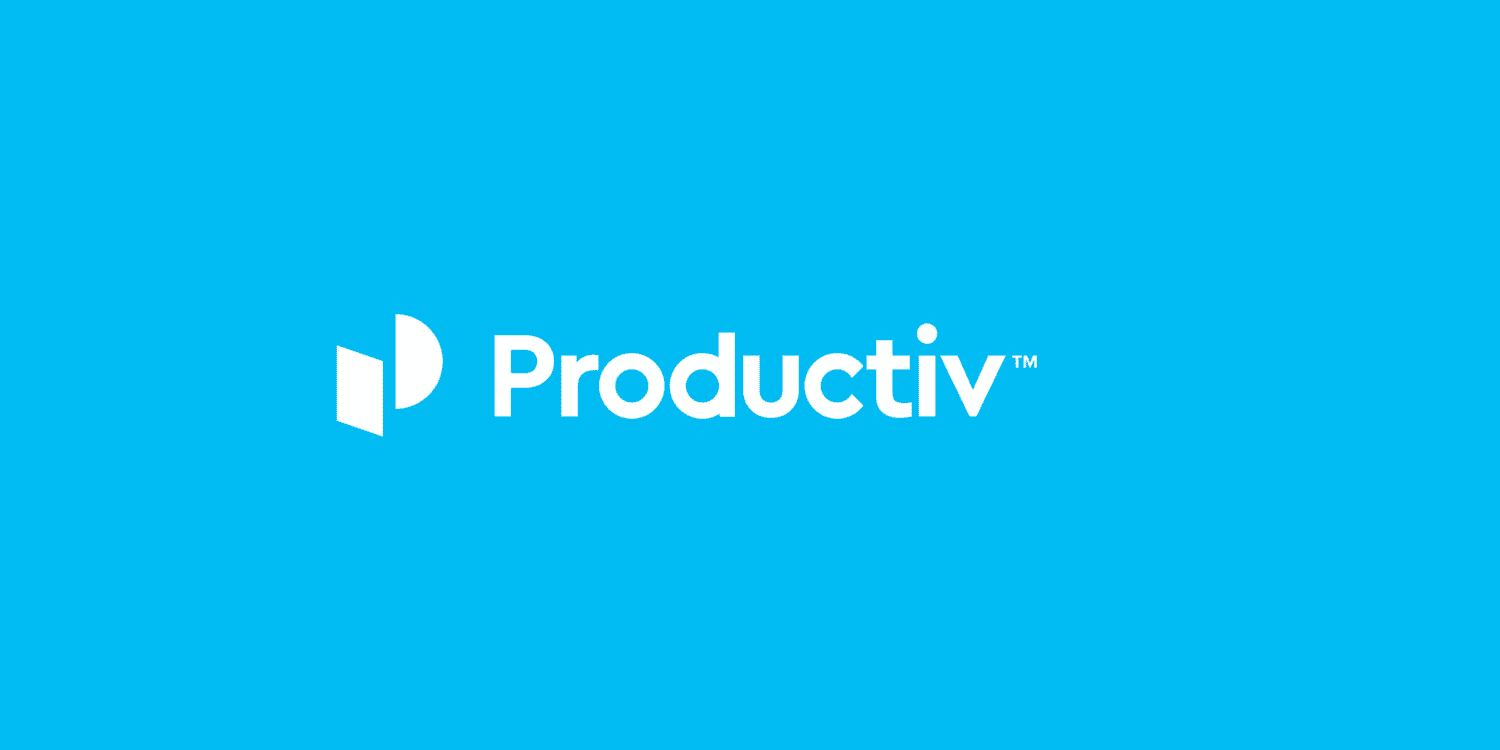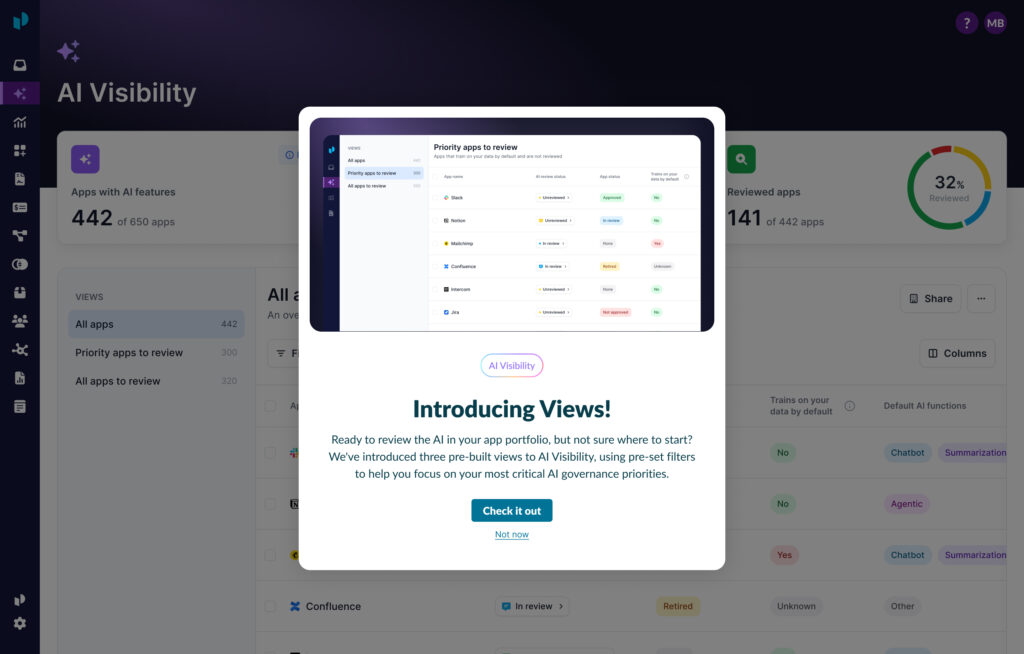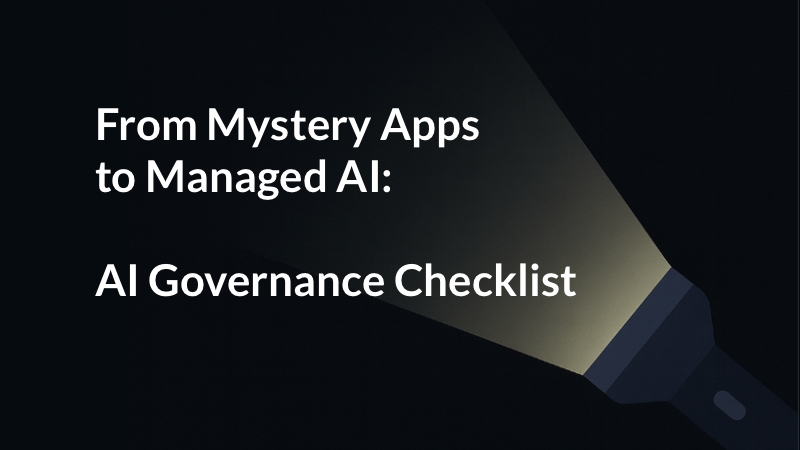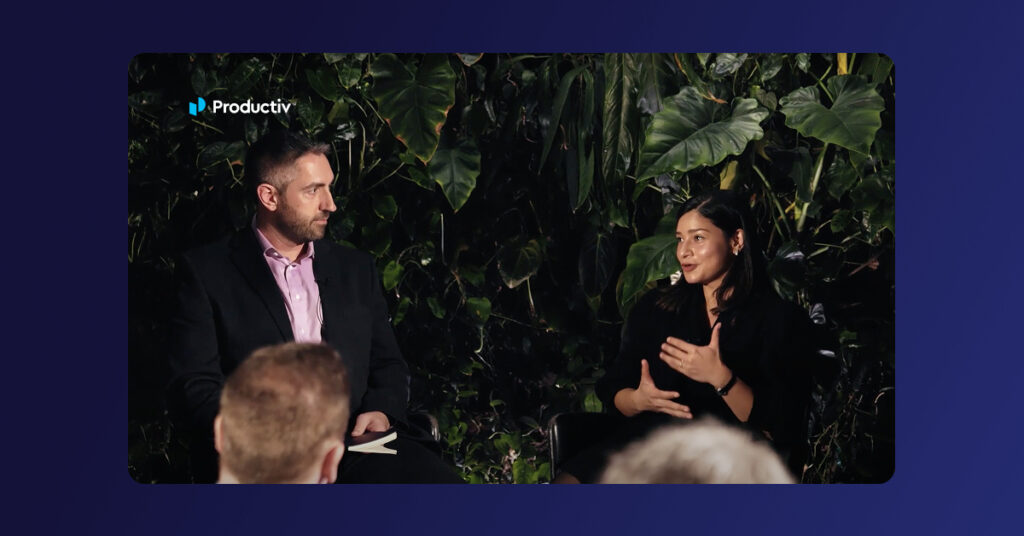
What to Look Out For in a SaaS Agreement
Software companies create SaaS agreements to lay out their legal terms and conditions for customers using the software. However, these tools aren’t just beneficial for the provider. Subscribers should also understand the purpose of a SaaS agreement and be aware of the language that could impact the way they use their software investments.
Let’s look at some specifics:
What is a SaaS Agreement?
Simply put, a SaaS agreement is a software provider’s service agreement according to their delivery model. For SaaS software products, the provider will deliver the software and related data via the internet instead of a physical product.
This agreement is also referred to as the terms and conditions that detail how the software can be accessed and used. It typically includes a variety of information, including a privacy policy, termination requirements, disclaimers, usage requirements, restrictions, and additional details.
When you sign up for a new SaaS product, it’s easy to accept the terms and conditions without reading them. A study by Deloitte found that 91% of Americans never read the terms of service.
For the most part, these clauses are fairly standard. But that doesn’t mean they’re all the same. It’s especially important for businesses to understand the unique service terms for each of their software tools to avoid potentially costly implications.
Why You Need a SaaS Agreement
For software providers, it’s easy to see why SaaS agreements are necessary. Think of it as a protective legal blanket that details your obligations to the customer and also holds them accountable for how they use the software.
Users can also benefit from understanding what’s inside a SaaS agreement. For starters, your agreement will spell out important things like licensing requirements, service level guarantees, and how your data will be used.
You don’t want to be locked into unfavorable terms that could impact how you do business.
For example, it’s important to define the ownership of data collected and stored by your SaaS. How will the provider protect customer data? What is the provider’s obligation to destroy data if you choose to no longer use the software?
Though reading terms and conditions before clicking “I Accept” is no one’s favorite thing to do, it can make a difference in how you select tools to add to your SaaS stack moving forward.
What to Look For in a SaaS Agreement
Every SaaS agreement will be a little different, but they all share some of the same basic types of clauses and terms. Here are a few of the most ones to look for:
Data Ownership
Both the software provider and users generate data when using the software. SaaS agreements should outline who owns the data that users enter into the platform. This can be a gray area since SaaS providers are responsible for hosting the customer data. It’s also a good idea to look for how data is being stored and transmitted, as well as any restrictions on data access.
Data Security and Usage
SaaS agreements should include a privacy policy that details how the provider is using your data, including the information it collects and shares internally or with third parties. This section also includes information on data encryption, how data is backed up, and the provider’s role in the event of a data breach or security issue.
Licensing Rights and Access
One of the most important (and yet often overlooked) components of a SaaS agreement is how you’re allowed to use your license. This is a condition that can vary widely between providers and can impact how much you pay for your software tools.
Most companies will stipulate that you do not own the app. Rather, you are purchasing a license to use their software. It also determines how many users can access the software per license. A common model today is the pay-per-user, where companies purchase a specific number of “seats” for a software product. Others may offer up to a certain number of users for a flat rate. Something to look for is the definition of a user to ensure you’re paying for the right number of users per license.
Pricing Terms
SaaS agreements should include a section on how much they’re charging, what specifically is included in the price, and how often they’re charging. Most companies will charge on either a monthly, quarterly, or annual basis.
Termination and Renewal Requirements
If you decide a software product no longer meets your needs, you might not be able to cancel your contract right away. Check the SaaS agreement to see how to cancel the service, whether the service is prorated if you cancel in the middle of an agreement, and what happens to your data when you cancel.
Likewise, you’ll also want to see how the provider handles renewals.
- Are you locked into your initial price, or will your renewal be subject to their current rates?
- Will you need to renegotiate your enterprise contract prior to renewal?
Most providers have evergreen renewals, which means they do not require any action on your part.
Service Level Agreement
Most cloud service providers include a service level agreement, or SLA, within their SaaS agreement. An SLA is designed to set minimum performance standards, especially in regard to service availability. Check the uptime percentage of the software – the lower the percentage, the greater an impact it might have on your user productivity.
Manage Your SaaS Agreements with Productiv
Knowing what to look for in a SaaS agreement can be extremely helpful when vetting new software solutions. It’s important to encourage your company’s decision-makers to read the terms and conditions prior to accepting them to ensure you’re not locking yourself into a contract that doesn’t fulfill your needs.
Productiv can help manage the many aspects of your SaaS portfolio, including renewals, termination details, and licensing requirements, to help you better understand how your company’s software is being used and the ROI it delivers. Users can store agreement details within the app so that critical details are available when it’s time to renegotiate rates and renewals.
When you can collect SaaS agreement-level data, you gain more insight into the terms and conditions that typically fall by the wayside. And once you recognize terms that are unfavorable to you, you can ensure those apps don’t remain in your stack and start to develop best practices for your team when investing in new software tools.
Would you like SaaS without the Mess? Try Productiv!
About Productiv:
Productiv is the IT operating system to manage your entire SaaS and AI ecosystem. It centralizes visibility into your tech stack, so CIOs and IT leaders can confidently set strategy, optimize renewals, and empower employees.





